Swiss animation scene needs polish
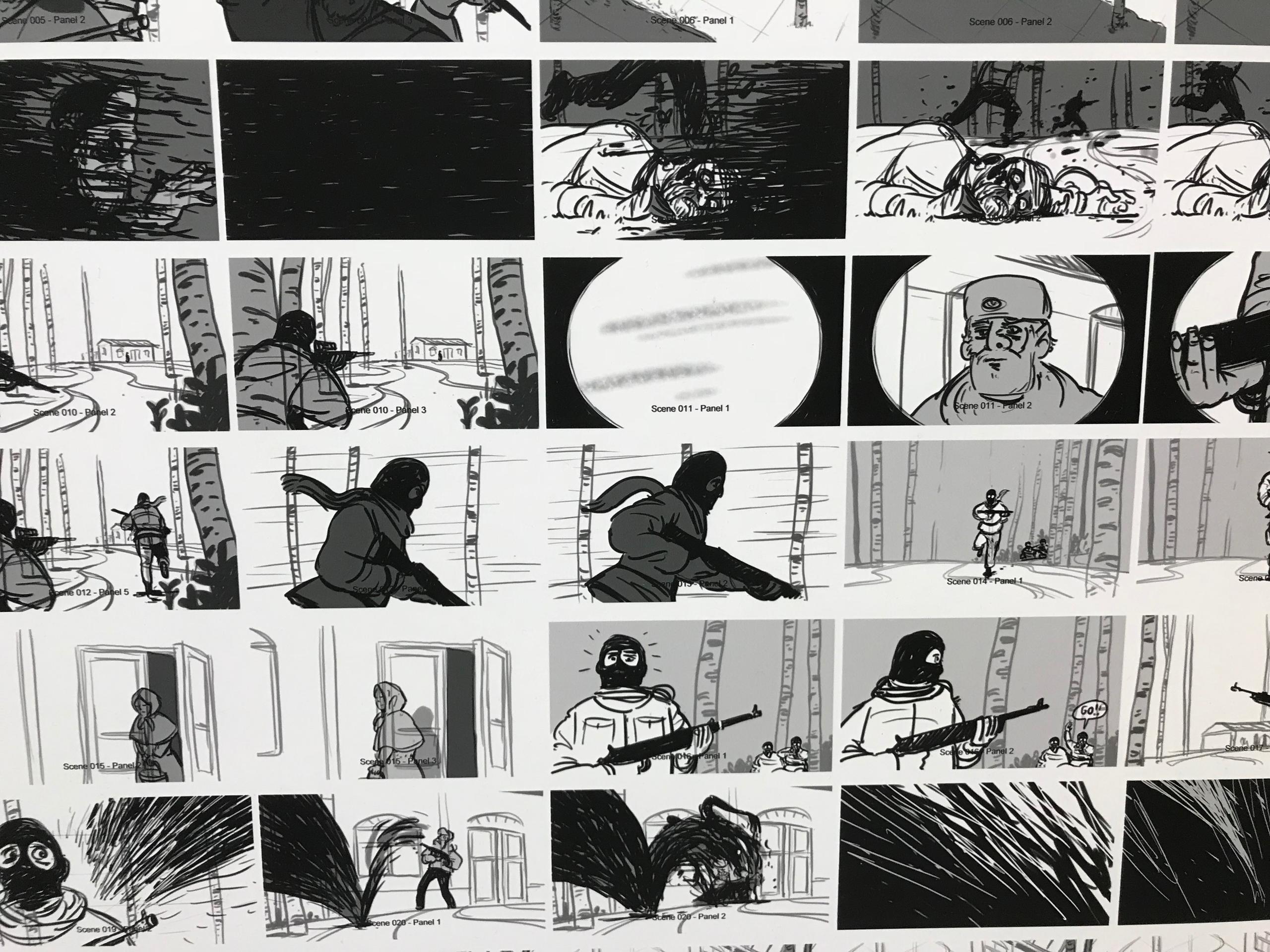
The success of My Life as a CourgetteExternal link, nominated for Best Animated Feature Film at the Oscars last year, raised the profile of animation in Switzerland, but there are still many hurdles to getting funding and distribution deals.
At the recent Fantoche animation film festivalExternal link in Baden, swissinfo.ch spoke to animators and producers about the evolution of the art form and the challenges it faces in a small alpine country, with limited funding and language barriers to overcome.
“Animation is wonderful. It can fly, it can do anything. That’s why it’s a bit difficult to apply the rules of traditional storytelling when deciding whether to fund it: other factors must also be taken into account.” Gabriela Bloch Steinmann, SRF
Film funding
If you want to make a film in Switzerland, you will spend months, if not years trying to organise financing. Nevertheless, more and more films are being made and funding has increased correspondingly.
Two of the major contributors to film funding in Switzerland are the Swiss Federal Office of Culture (SFOC)External link and the language units of Swiss Public Television (SRF/RTS/RSI). Producers say it is difficult to finance a film in Switzerland without their help. However, the bulk of funding for full-length animation films tends to come from international collaboration.
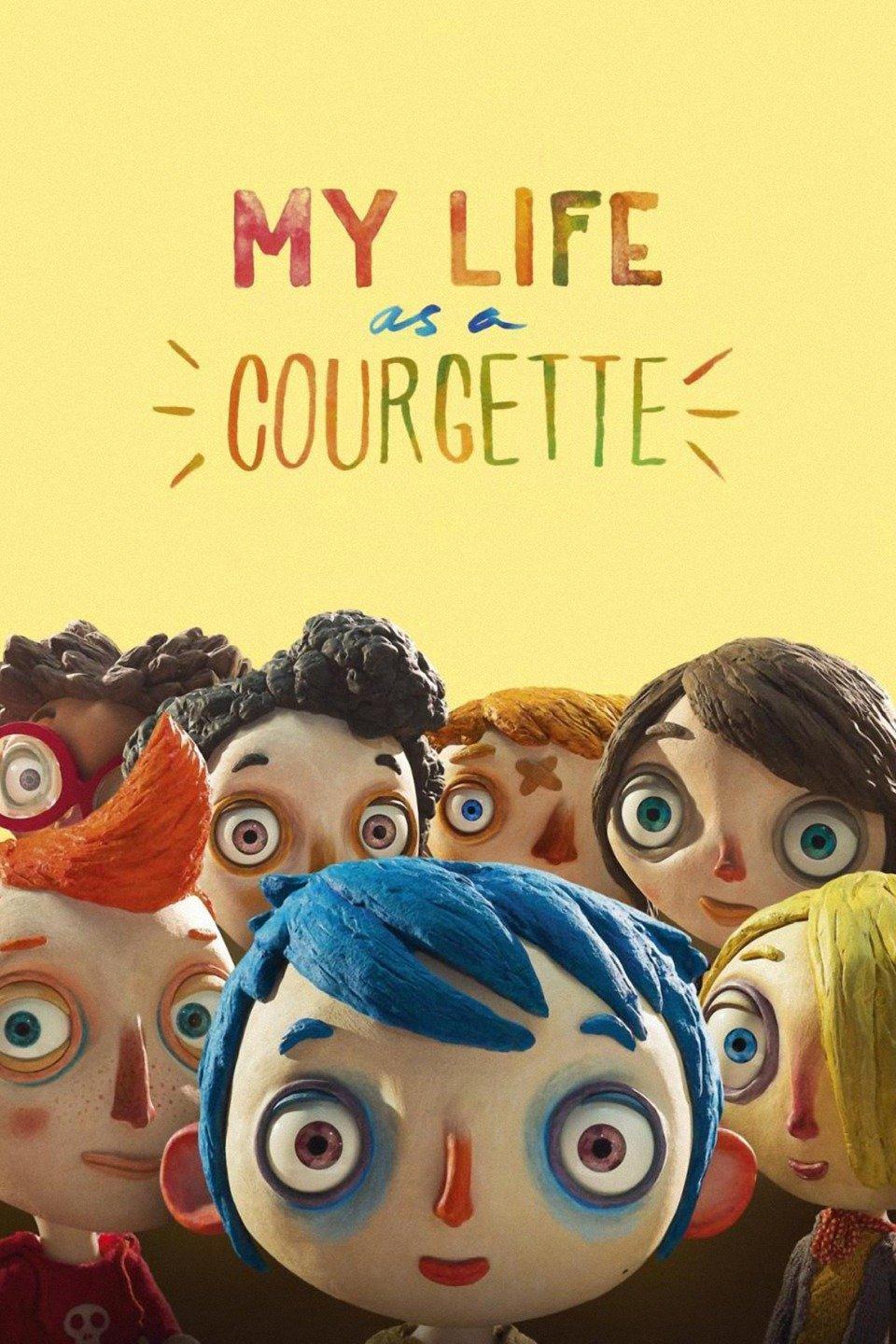
More
My Life as a Courgette trailer
Public television has a recently stocked-up pot of CHF1 million per year for the best projects submitted – mostly short films. Applications for the funding can be submitted four times a year. They are gathered in the three main language regions and discussed by a central committee.
Gabriela Bloch Steinmann represents the German-language sector. These are some of the criteria she considers when perusing funding applications: “Have they budgeted enough to meet their technical costs? Have they put aside enough for the sound? The idea needs to be captivating, fresh. Sometimes we have 30 projects in one intake, and the quality is high. Other times we have only 10 and the quality is not so good.”
Burocratic assault course
In western Switzerland, the cantons have banded together to create a common pool that makes it easier for filmmakers to access financing. Izabela Rieben, an animator herself, is a champion of the genre at the public broadcaster’s French-speaking unit, RTS.
For that reason, many German-language filmmakers head west to submit their dossiers, according to Fred Guillaume from FOCAL, the Foundation for professional training in cinema and audiovisual mediaExternal link. Guillaume knows a lot about the scene, having directed the most expensive Swiss animation film of all time, Max & CoExternal link, which cost CHF30 million and was distributed in more than 20 countries. My Life as a Courgette cost CHF8 million.
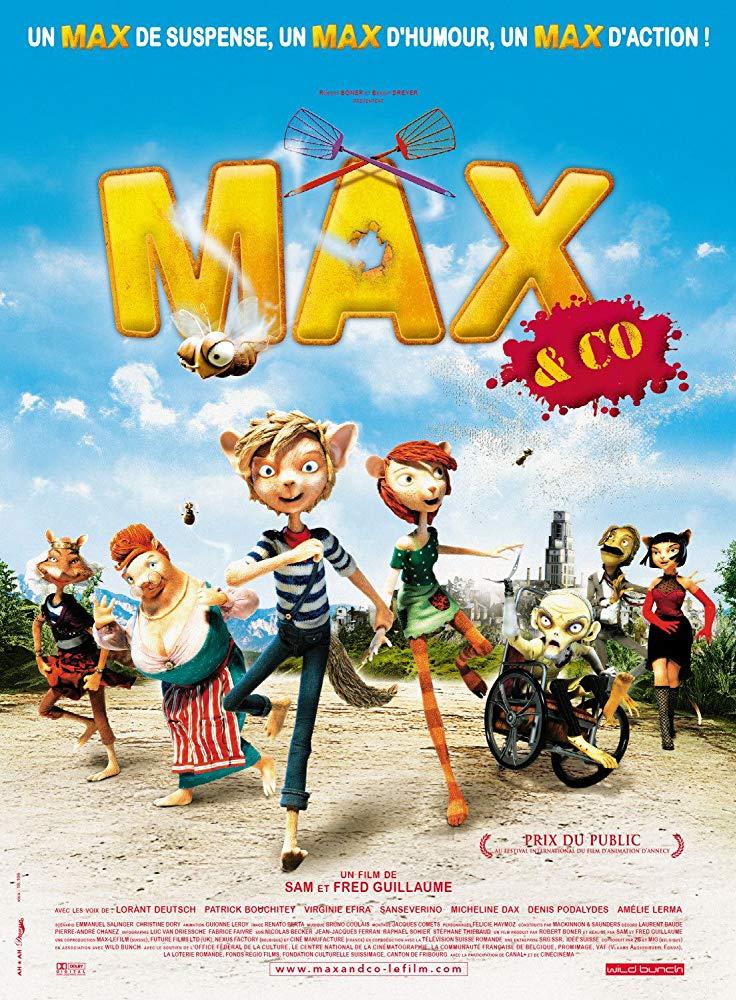
More
Max & Co trailer
The language divide manifests itself in other ways, as Guillaume explains: “Most short films are without dialogue, so they travel better between different Swiss language regions. But different regions have different cultures of film making. It’s really difficult to be universal with your movie.”
Bloch Steinmann confirms this, “My Life as a Courgette” was a big success in French-speaking regions, but not in the German speaking part, nor in Germany. It’s hard for animation to cross language barriers.”
The problem with producers
Guillaume says another obstacle to animating in Switzerland is the dearth of producers with any experience of dealing with animated films. He believes that production has to be considered part of the process of film making, not a separate entity. “You need to have a good producer, a good budget, control the process, hire the right people. There’s a lot of room for improvement here.”
Zurich production company, Dschoint Ventschr FilmproduktionExternal link, had little experience of animations and took a leap of faith by agreeing to produce “Chris the Swiss”External link, an animation/documentary feature film that was showcased at Fantoche. Sereina Gabathuler, the producer, explained, “We like new formats, and we thought the topic was important.”
Dschoint Ventschr failed to find a suitable animation studio in Croatia for the Balkan-based film, and had to build up their own studio from scratch, which was later closed down by the Croatian government. The producers had been promised money back for every kuna invested in Croatia, but this has not been forthcoming.
Knowledge exchange
Bloch Steinmann believes everyone could learn from Dschoint Ventschr’s experience. “It would be great if the experience garnered from “My Life as a Courgette” and “Chris the Swiss” were to be shared. Rita Productions (Geneva-based “Courgette” producer), and Dschoint Ventschr are big producers with international contacts, but they had to learn the hard way what it means to make animations.”
This know-how exchange is about to happen, thanks to a new programme called ANIMAPROD, External linklauched by FOCAL and dedicated to improving production skills in animation. A series of seminars get underway in 2019, open to professional filmmakers from the animation, fiction and documentary film sectors. Guillaume helped to set up the scheme. He explains, “If you want a producer, you can’t hire someone from France or Germany because different countries have different systems. You have to know how it works here, where to get the money, how to apply.”
Labour of love
When it comes to short films, these are mostly made from grants and are not money-spinning ventures. Animators try to win prizes by doing the rounds of the festivals, and many lead a fairly frugal existence. Most of them, like Stephan Wicki and Claudius Gentinetta, do their own producing. Wicki says he sometimes fails to get enough money together to pay himself out of his film budgets. He describes his work as a “labour of love”.
Wicki, who creates stop motion and After Effects animations, has won six prizes for his quirky films. At an atelier in Baden, he showed members of the public how to animate a puppet. 9-year-old Gabriel Newman had a go and made it look like child’s play.
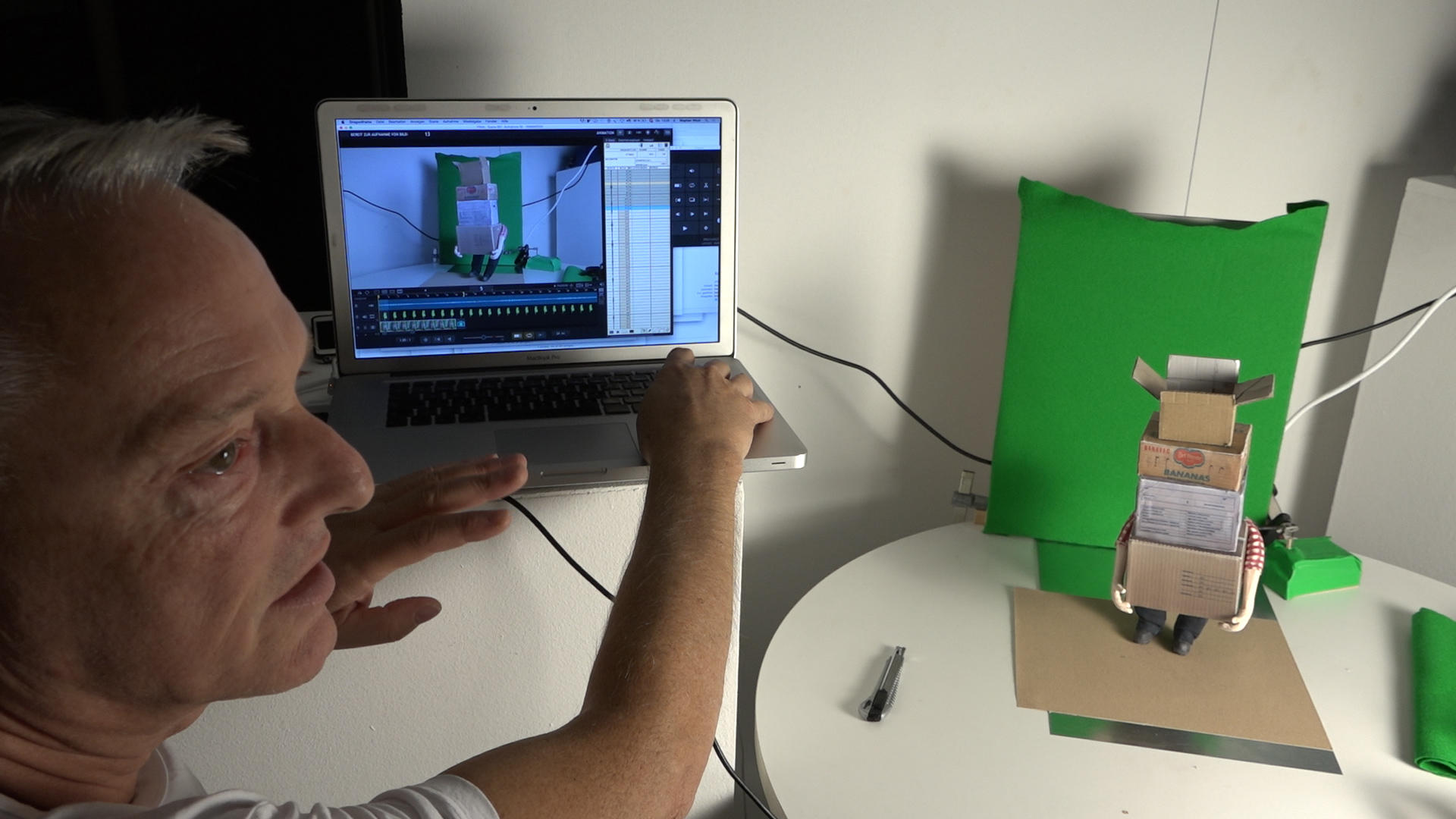
More
Stephan Wicki on the nature of success
Claudius Gentinetta has won awards for his latest short film “Selfies”, but he had to work for a year to get all the material together before he could even apply for grants. He says, “For every project, I worry about getting the funding. But I’ve been doing this since I was 13 and I wouldn’t want to do anything else. I will animate, whether I get the money or not.”
Gentinetta gives us an insight into the making of “Selfies”.
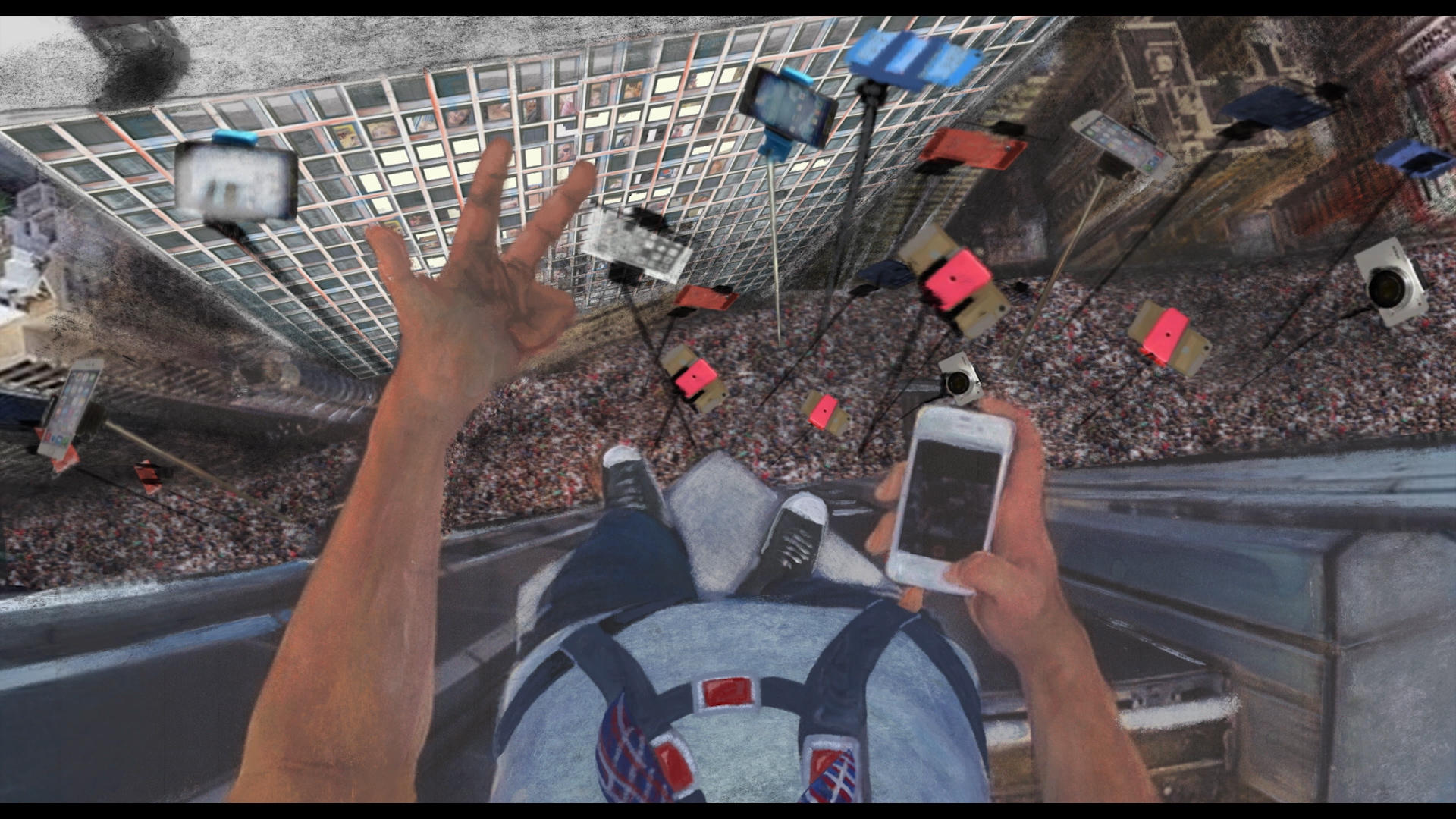
More
‘I take selfies, therefore I am’
The repercussions of My Life as a Courgette
Bloch Steinmann says the Oscar nomination for “My Life as a Courgette” has improved the landscape for Swiss animators, “Thanks to this, other cultural sponsors have been made aware of the genre. Animation has became more visible.”
Is Switzerland a good place to make animation films, despite the hurdles mentioned above? Bloch Steinmann assures us that it is, “Film funding in Switzerland is quite generous. We notice that animators get a lot more funding than in Germany. People are greedy, everyone wants a bit more, but there’s only so much in the pot”.
These are the main Swiss University courses for studying animation:
Ceruleum School of Visual Arts (Ecole D’Arts Visuels) LausanneExternal link
Ecole Cantonale d’Art (ECAL) – LausanneExternal link
The Geneva School of Art and Design (HEAD)External link
SAE Institutes of Geneva/Zurich External link
Lucerne University of Applied Sciences and ArtsExternal link
Zurich University of the ArtsExternal link

In compliance with the JTI standards
More: SWI swissinfo.ch certified by the Journalism Trust Initiative
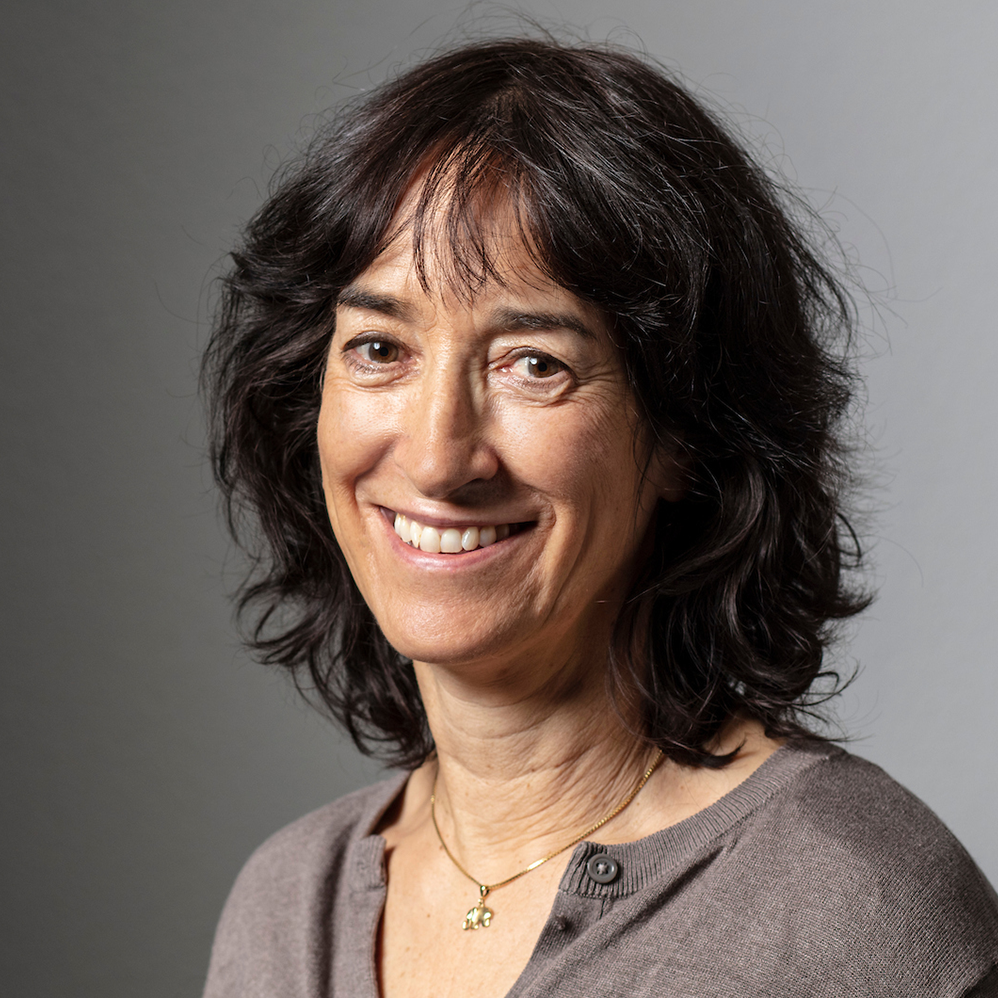
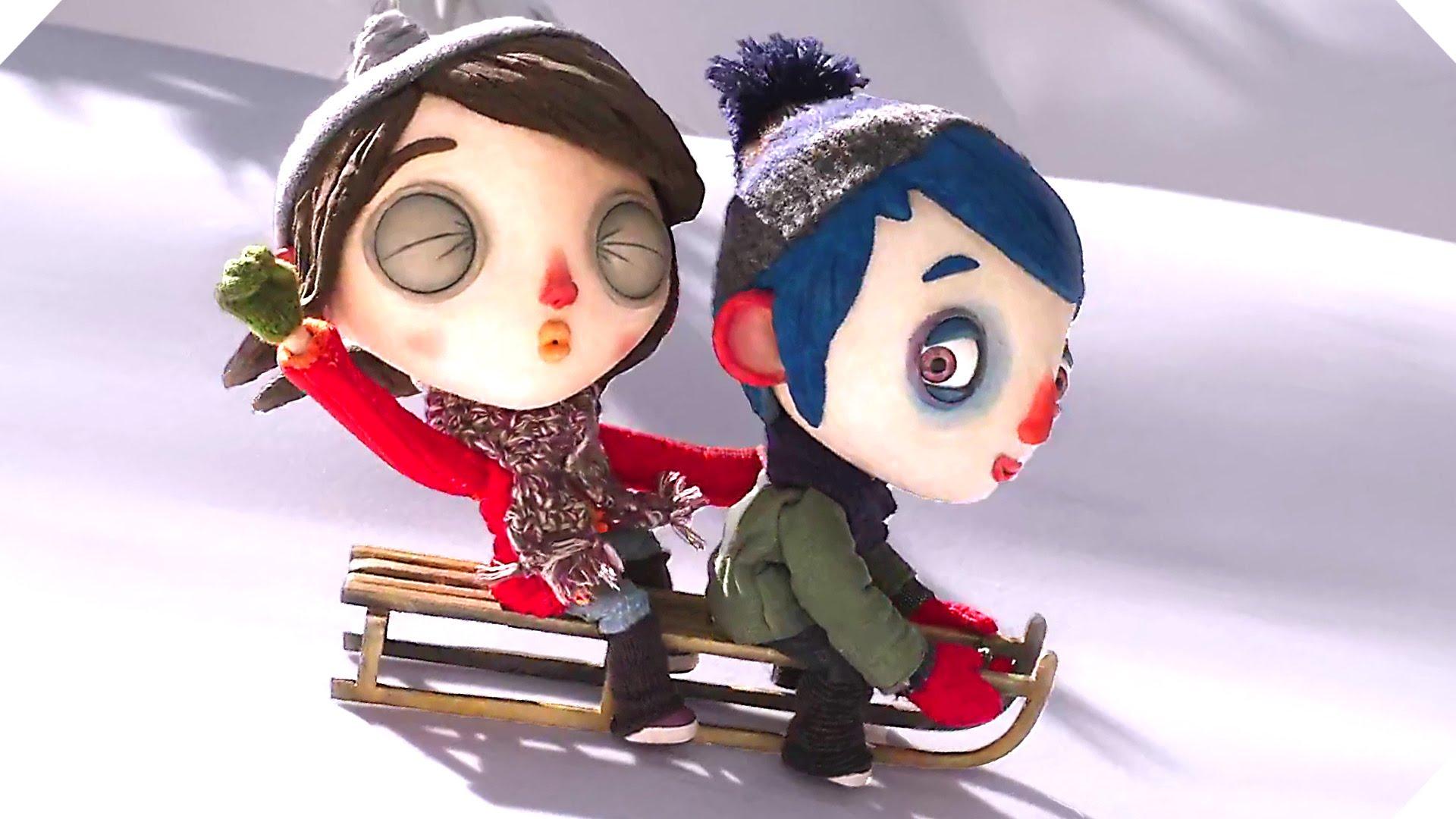


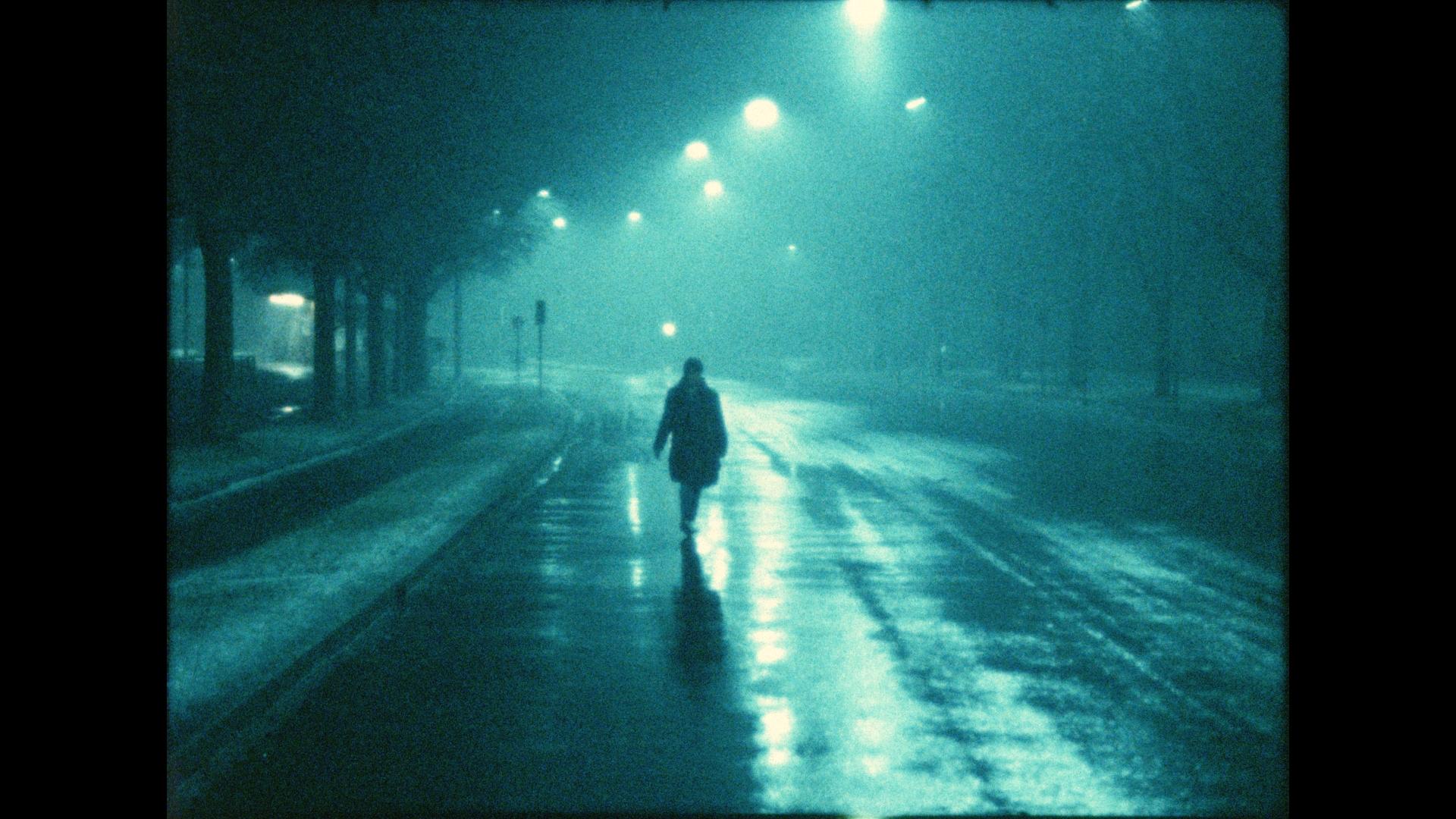
You can find an overview of ongoing debates with our journalists here. Please join us!
If you want to start a conversation about a topic raised in this article or want to report factual errors, email us at english@swissinfo.ch.